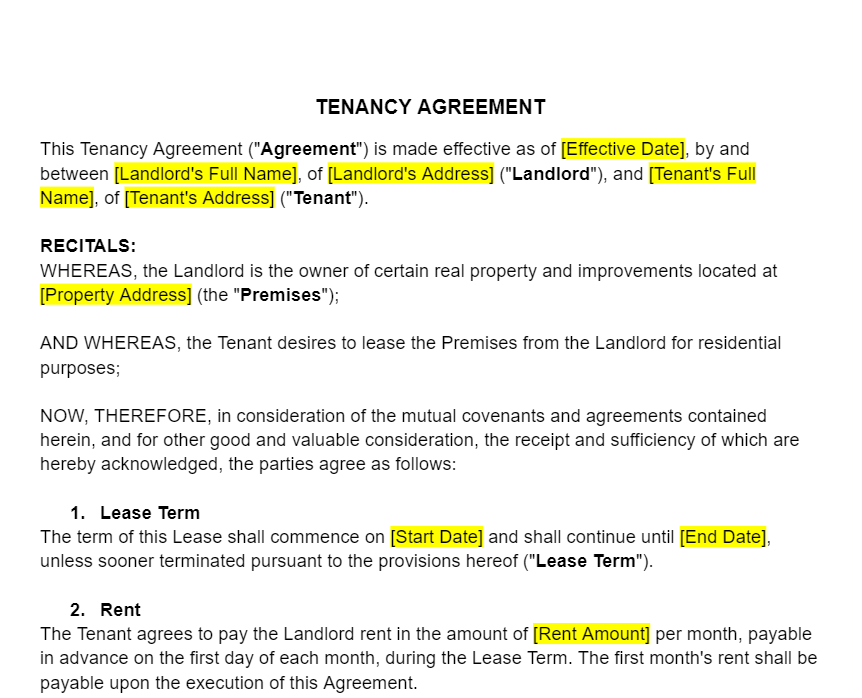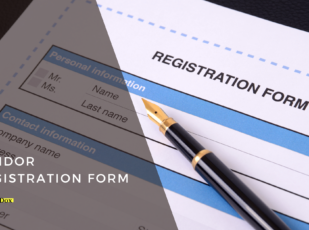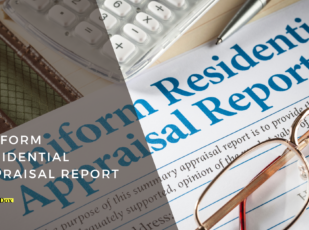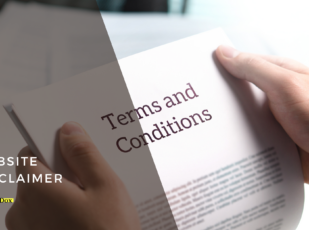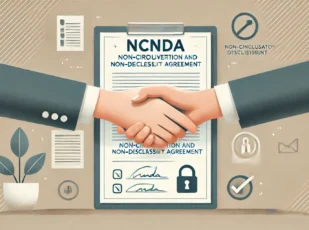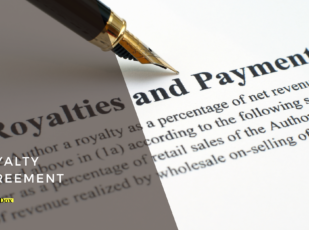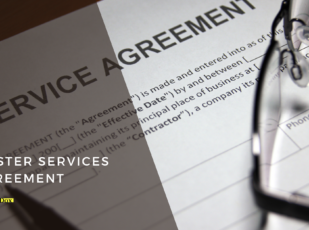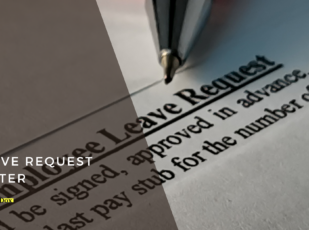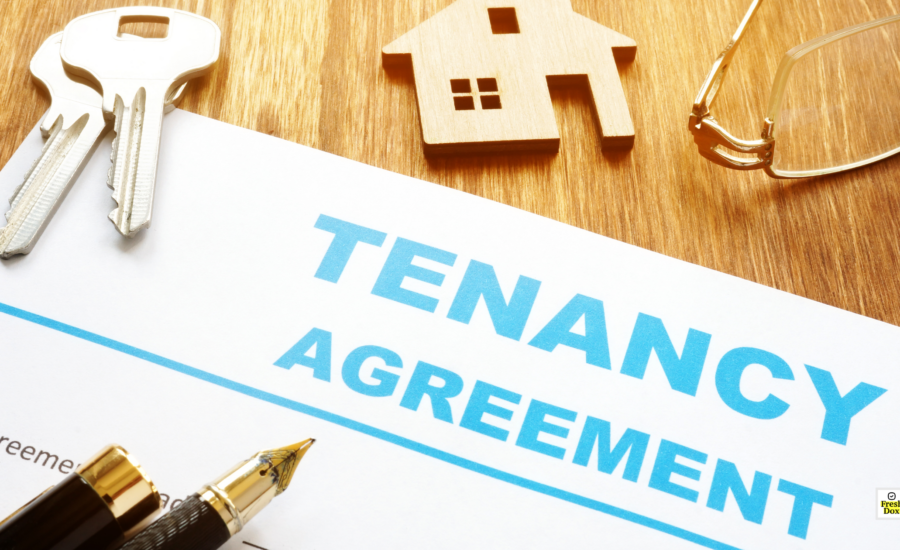
Tenancy Agreement Template
7 Downloads
Real Estate
February 17, 2025
Sayantani Dutta
Real estate leasing cannot work properly until there is a clear and mutually beneficial relationship between the landlord and the tenant. It is fundamental to a smooth tenancy with all terms and conditions being followed as stipulated. Everyone is aware of their expectations and duties and the knowledge of how to tackle any disagreements is held with both parties. This is where the Tenancy Agreement comes into the picture. This is a cornerstone legal document that outlines the terms and conditions under which a property is rented.
In this comprehensive agreement, you will cover aspects such as the duration of the tenancy, monthly rent amount, security deposit, rights and responsibilities of both parties, maintenance issues, conditions for the agreement’s termination, and so on. From something as basic as clarifying whether the tenancy is fixed-term or flexible to having strict move-out clauses for the rental property—the tenancy agreement (also called the rental agreement or, based on the nature of the property, residential lease agreement or commercial lease agreement) does a lot to protect the interests and rights of the property owner or landlord and tenant or renter.
The Tenancy Agreement delineates all terms with their specifics to ensure a transparent and equitable lease arrangement for a positive, straightforward landlord-tenant relationship.
In this article, we are going to talk about this document in detail, covering its many benefits as well as the risks of using an inadequate lease agreement template to draft your document. We will also talk about the superior, premium alternative—FreshDox.com’s Tenancy Agreement Template developed by experts that you can customize to fit your needs!
Tenancy Agreement’s Importance
A Tenancy Agreement is a legal foundation for the rental relationship. It provides protection and clarity for both parties—landlords/property managers and tenants. For example, the landlord can secure their property and investment, stipulating the conditions under which the property is to be used and maintained. On the other hand, the tenants get a clear understanding of their rental rights and obligations. This ensures that they know their entitlements, such as the right to privacy and a habitable living environment.
What’s more, a comprehensive and legally sound Tenancy Agreement can actively help prevent potential disputes. As this agreement will have explicit statements and clauses for all the lease terms, the likelihood of misunderstandings, conflicts, confusion, ambiguities, etc. is reduced remarkably.
As such, this agreement is extremely important to begin any rental relationship. Without these clauses, the legal repercussions can be severe. Apart from being mandatory, the Tenancy Agreement is also a vital reference tool. The landlord and the tenant can both refer to the terms and conditions in this document to troubleshoot concerns, draft other documents, handle disputes, or during general disagreements.
It is not rare for the occupancy to have a hurdle or two down the line, especially in the case of residential property in competitive markets such as Florida or California. As such, a well-drafted Tenancy Agreement can be hugely beneficial in a lot of scenarios, helping you prevent issues and legal expenses.
Operating Without a Good Tenancy Agreement
A good Tenancy Agreement needs to be comprehensive, legally sound, and airtight in general. All the clauses and conditions that will protect the landlord and tenant in your situation need to be included. Every situation and rental arrangement is unique, and covering all bases is the only way to avoid hassles, complications, or expensive legal disputes. If there is any gap in the terms of the lease, it can be exploited by the other party, or the agreement itself might not be enforceable.
Generally speaking, managing tenancy without a comprehensive Tenancy Agreement that fits your unique needs can expose both parties to significant risks. Without a formal agreement (relying on verbal agreements) is a big no. But downloading a generic template and changing a few terms in your Tenancy Agreement is nothing to be proud of, either. It can easily lead to all the same problems because there is plenty of scope for ambiguities regarding the month-to-month rent payment, maintenance responsibilities, use of the property, any provisions for advance notice, late rent grace period, and so on.
All these ambiguities are likely to result in disputes.
On the landlord’s side, for example, there needs to be a lead-based paint disclosure in many jurisdictions. On the new tenant’s side, they need to understand how the rental unit has to be maintained and which responsibilities lie with them under the state laws. You need your own lease agreement—not a boilerplate document based on a poorly drafted template!
Let’s not forget that without a documented agreement, enforcing the terms or addressing any breaches in the agreement becomes quite challenging. Again, these can also lead to legal complications of all sorts, ultimately undermining the security and stability of the tenancy for both parties.
Long story short—if the tenant wants to have a good occupancy period and the landlord a secure investment, it is important to have a rock-solid Tenancy Agreement underlying the rent transaction, particularly if someone’s personal property is concerned.
Tenancy Agreement: Key Components
Okay, so now that we have taken a look at what a Tenancy Agreement is, what are its benefits, and what are the risks of not doing it right, it is finally time to come to the meat of the discussion—what makes a good Tenancy Agreement?
Well, as it turns out, the exact clauses and details are always specific to the real estate rental transaction in question. Some landlords want prospective tenants to pay the first month’s rent earlier than usual, some tenants want addendums for regular maintenance, some states such as Texas, Ohio, or Alabama might have specific rules, and so on. All this needs to be factored in, of course.
That being said, there are indeed some key aspects shared among all good Tenancy Agreements. Whether it is a short-term tenancy, a fixed-term lease, or a standard lease agreement—to follow all tenant laws and any other relevant local laws for the protection of tenant rights, these agreements need to have some key points:
- Parties Involved: The agreement will begin by clearly identifying the landlord and tenant, including their contact details. This is important so that everyone knows who they are dealing with, legally speaking.
- Property Details: Next, you should include a comprehensive description of the rental property—its address, the nature of the dwelling (residential or commercial), and any specifics related to the unit (e.g., parking spaces or storage).
- Lease Duration: Specify whether the lease is a fixed-term or month-to-month arrangement. Both parties should understand the period of time for the tenancy, as well as any conditions for renewal.
- Rent and Payment Terms: Here, you will detail the rent amount, payment due dates, and acceptable payment methods. Any late payment fees, grace periods, or rent increases should also be clearly stated to avoid future disputes.
- Security Deposit: Following that, all the specifics about the security deposits must be addressed. A good Tenancy Agreement always covers the deposit amount, its purpose, the conditions under which it will be returned, and any potential deductions. Clear guidelines on this help set expectations for both the tenant and landlord.
- Rights and Responsibilities: Next, define the rights and responsibilities of both parties. For example, the landlord should be responsible for maintaining the property, while the tenant should be obligated to pay rent on time and keep the property in good condition. This section is key for ensuring everyone understands their role. But more importantly, it can be used as a reference point in case of any disagreements or legal disputes.
- Restrictions: Then, you should include any restrictions in the agreement. These might include prohibitions on smoking, subletting, or having pets. All this will ideally be agreed upon. The Tenancy Agreement will merely specify it again so that it is clear and upfront—making sure both parties can avoid potential conflicts during the tenancy.
- Termination and Renewal: After that, you want to lay out the conditions for termination and renewal. This includes the process for ending the tenancy, whether by mutual agreement or due to a breach of terms. Here, make sure that you specify the notice period required and how renewals are handled to ensure everyone is on the same page.
- Dispute Resolution: Following that, dispute resolution procedures should be outlined as well in the Tenancy Agreement. This section explains the steps both parties must follow if disagreements arise, whether through mediation, arbitration, or other methods. Having a clear process in place is important to make sure that issues are addressed quickly and effectively.
Governing Law: Lastly, the governing law will be mentioned in the Tenancy Agreement. Ultimately, this will confirm which jurisdiction’s laws apply to the agreement. It is especially important in situations where the landlord and tenant may be located in different regions.
Better Tenancy with FreshDox.com!
Creating secure, mutually agreed-upon tenancy arrangements is critical to the protection of all rights and interests of both parties. FreshDox.com has a meticulously designed Tenancy Agreement Template for precisely that! Our template has been developed by experts with an in-depth understanding of real estate and landlord-tenant laws to offer a customizable, comprehensive framework for drafting clear and enforceable tenancy agreements!
With a FreshDox.com subscription, you get this professionally drafted Tenancy Agreement Template alongside scores of other real estate, legal, and professional documents such as eviction notices, rental applications, commercial rental contracts or rental lease agreements, sublease agreements for those who wish to sublet, reasonable notices for various disputes, contracts for unique rental arrangements, and so on.
You can customize our document templates in Word and PDF formats. What’s more, we even offer a 14-day trial period, allowing you to test the Basic and Premium Plans. The Basic Plan allows you to download up to three document templates a month whereas the Premium Plan has unlimited access to all templates.
We cater to the varying needs of property managers, real estate professionals, and private landlords with our Tenancy Agreement Template. With this template, you too can build a solid legal foundation for your rental agreements and safeguard your interests. Furthermore, basing your final agreement on our comprehensive and flexible template allows you to create a positive, transparent landlord-tenant relationship. So, sign up today and improve your property leasing practices to secure your rental agreements with FreshDox.com!
Related Templates
Discover more templates that align with your needs and preferences.

Ready to Sign Up?
Sign up for FreshDox.com’s 7-day trial and discover why so many individuals and businesses trust us for their legal document template needs.
- Cancel any time
- 7-day free trial
- From 300+ Customer Reviews

